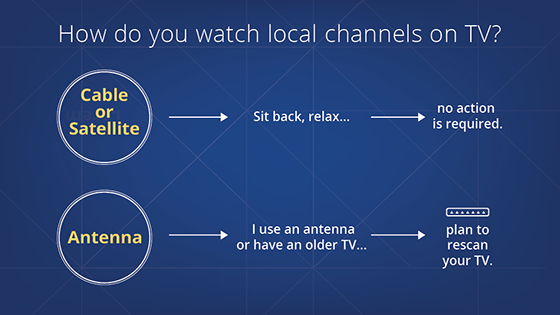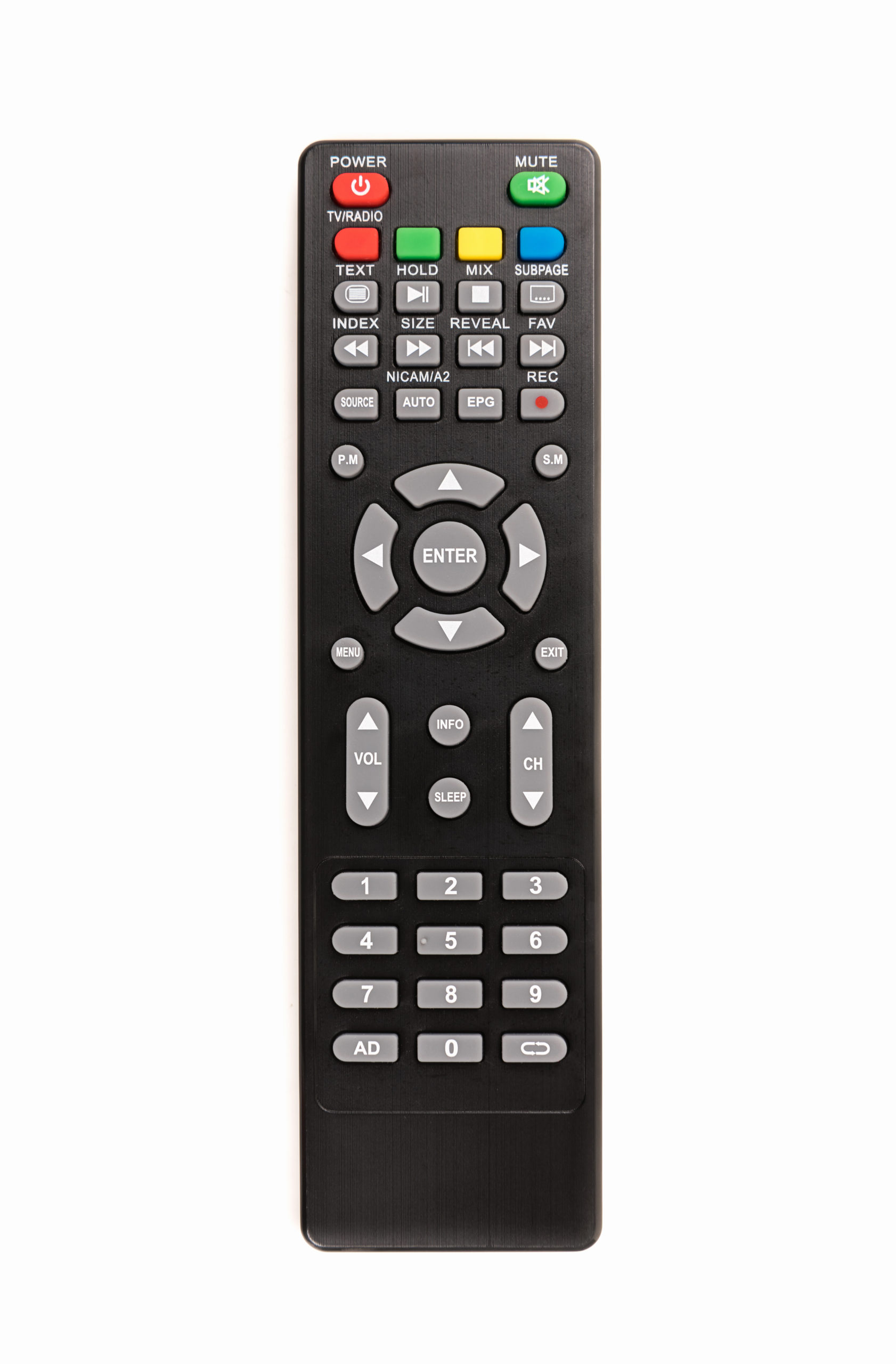Getting My Apollo Group Tv To Work
Getting My Apollo Group Tv To Work
Blog Article
The Best Guide To Apollo Group Tv
Table of ContentsThe Definitive Guide to Apollo Group TvThe Buzz on Apollo Group TvNot known Facts About Apollo Group TvFascination About Apollo Group Tv
In this scenario, instead of having three-minute industrial places during a 30-minute tv program, television programming might transform to one where a consumer will certainly be needed to have a regular monthly subscription, to make sure that they cen sight targeted banner advertisements. This sort of advertising and marketing currently takes place on the web, and the quantity of information tv business accumulate permits them to do similar.Define the major trends among the broadcasting and wire networks. Popular radio shows such as authorities dramatization Dragnet and western cowboy series Gunsmoke were adjusted for tv, and new TV programs were funded by single marketers, just as radio shows had actually been.
Today, the tv market is much more complex. Programs are funded by multiple marketers; shows is controlled by significant media conglomerates; and the three significant networks no longer dominate the airwaves but instead share their audiences with numerous wire channels. Several variables account for these trends within the market, consisting of technical growths, government laws, and the development of new networks.

The 7-Second Trick For Apollo Group Tv
Developed in 1969, (PBS) established out of a record by the Carnegie Compensation on Educational Television, which checked out the function of instructional, noncommercial tv on society. Public television was likewise meant to provide global access to tv for visitors in country locations or audiences that can not afford to pay for personal television solutions.
The period in between 1950 and 1970 is traditionally acknowledged as the. Besides a tiny section of airtime controlled by public tv, the three significant networks (called the Big 3) controlled the tv sector, jointly accounting for greater than 95 percent of prime-time viewing. In 1986, Rupert Murdoch, the head of international company News Corp, introduced the Fox network, challenging the supremacy of the Big 3.
Targeting young and minority target markets with programs such as Buffy the Vampire Killer, Moesha, Dawson's Creek, and The Wayans Bros., the brand-new networks wanted to attract stations away from their old network associations. Rather than repeating the success of Fox, UPN and WB had a hard time to make an effect. Not able to attract several affiliate stations, both recently established networks got to less households than their larger competitors since they were impossible in some smaller sized cities.
This choice paved the means for the development of see this page cable film channels, contributing to the exponential development of cord in the 1980s and 1990s. apollo tv group. More deregulation of cord in the 1984 Cable Communications Policy Act got rid of constraints on cable television prices, allowing drivers to bill what they desired for cable television solutions as long as there was effective competition to the solution (a standard that over 90 percent of all cable television markets could satisfy)
All about Apollo Group Tv

Having actually created the initial "superstation," Turner broadened his world by establishing 24-hour news network CNN in 1980. At the end of the year, 28 national shows services were available, and the cord revolution had actually started. Over the next years, the industry went through a period of fast growth and popularity, and by 1994 customers could select from 94 standard and 20 costs cord solutions.
Figure 9 - https://experiment.com/users/apollogtv01.16 Enhanced competition from cord networks has caused a steady decline in the networks' target market rankings. Throughout the 1950s, the cost of producing a solitary tv show enhanced as shows came to be longer and manufacturing prices skyrocketed. Sponsorship on network tv shifted from single sponsorship, in which a program was completely supported and produced by one marketer, to numerous sponsorship, in which advertisers got 1- or 2-minute places on the show
Select one of the Big Four networks and publish out its weekly programming routine. View the network's prime-time programs over the program of a week, keeping in mind the target group for each show.
All about Apollo Group Tv

Linear TV, usually described as traditional broadcast TV, encompasses cable television and satellite television. It's called "straight" since material adheres to a fixed programming timetable, unlike on-demand web content which the private customer decides to see based on their very own preferences and routine. When you ask, "What is direct TV?", think of it as the traditional means of enjoying television that has been around for years.
Report this page